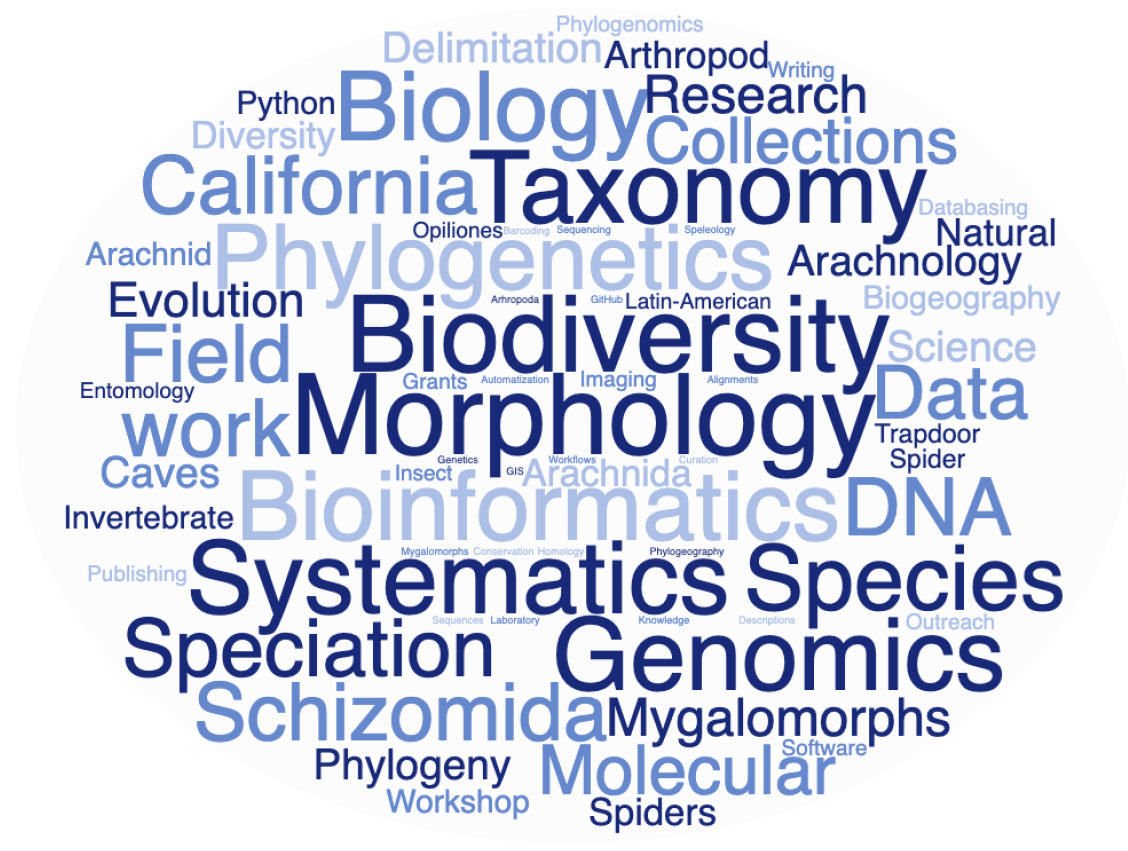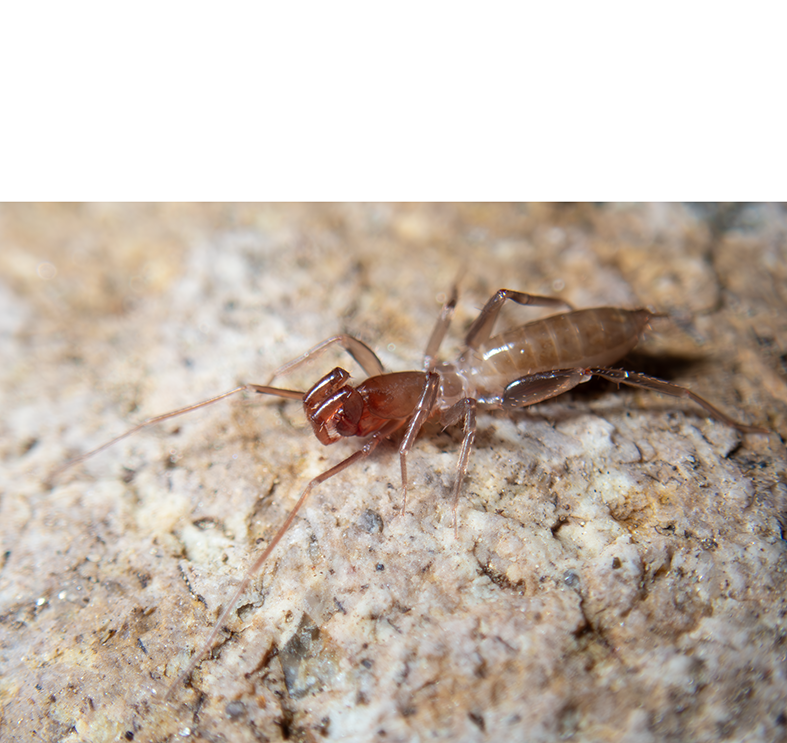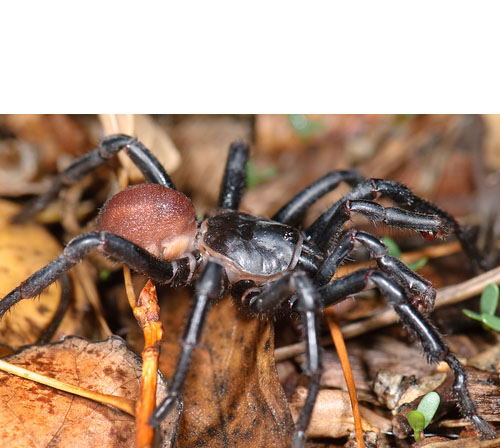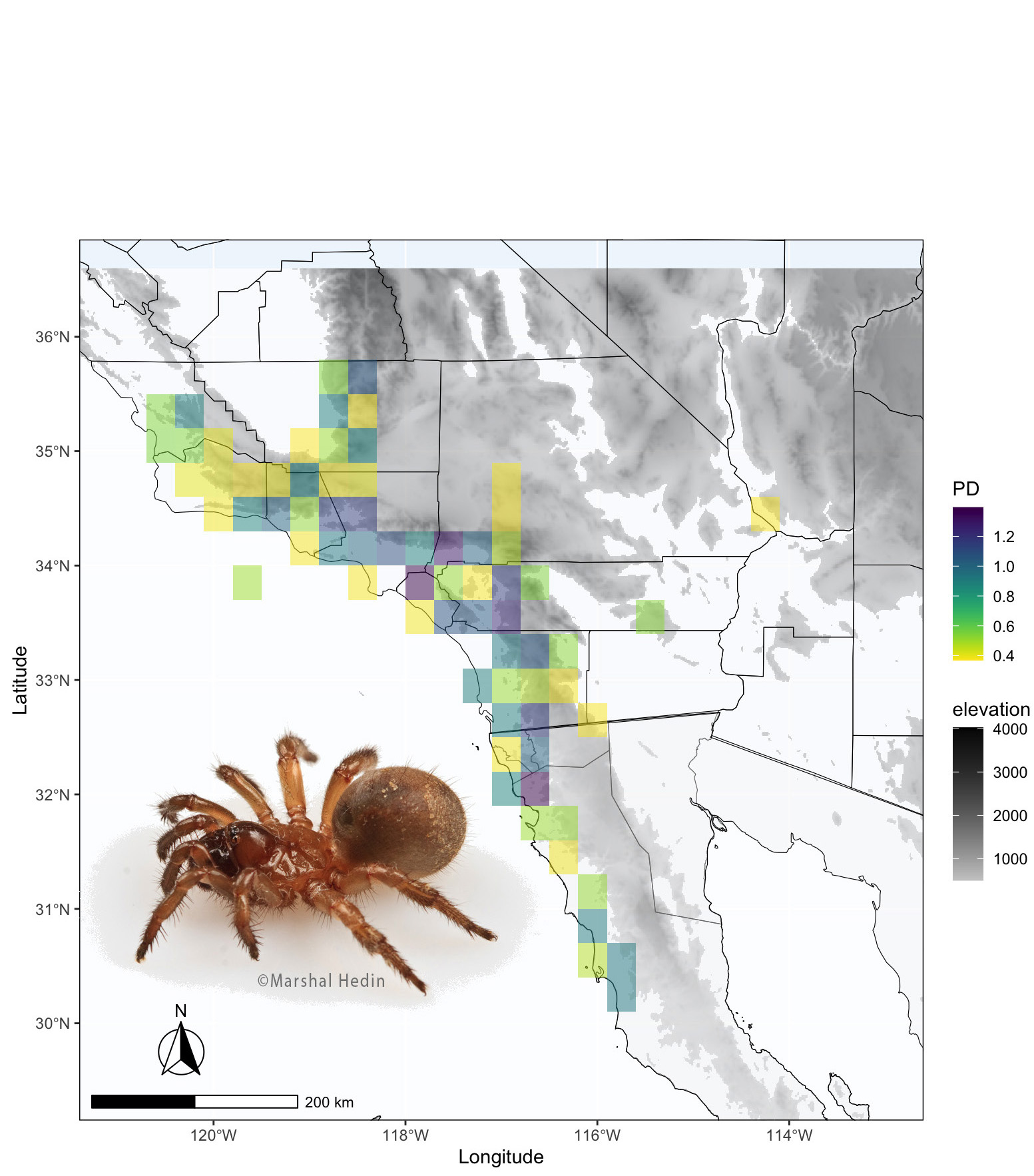
My research is based on the Taxonomic Workflow which consist of three main areas: 1) Collection based work, 2) Integrative systematics and 3) Biodiversity documentation and protection. I use this workflow to study short-range endemic arthropods.
LA Basin short-range endemics
SRE arthropods are groups usually neglected by the research community, but extremely important for conservation and excellent models for studies of adaptation, speciation and morphological evolution. SRE have overall reduced dispersal abilities, ancient divergence times and low rates of extinction, which have allowed them to adapt to multiple specific microhabitats like caves or desert canyons. Given their limited dispersal abilities, they also exhibit high degrees of population fragmentation and an incredibly large phenotypic variation. In some cases, like with mygalomorph spiders, habitat homogeneity and specificity promote cryptic speciation, associated at the same time with high levels of population differentiation. Such conditions make SRE taxa extremely important for biodiversity conservation. Using modern tools for the study of morphology like Scanning Electron Microscopy (SEM), digital photography and CT scan (computed tomography), along with Next Generation Sequencing, this project aims to discover and describe the vast diversity of SRE in California and across the Neotropics, incorporating morphometrics, phylogenetics and biogeography. Ongoing projects are focusing on phylogenomics of the genus Hubbardia and species delimitation of Tawny Dwarf Tarantulas (Megahexura fulva).
Evolution within cities
Urbanization results in drastic environmental changes, forcing native species to adapt to new anthropocentric environments in order to persist. At the same time, cities represent complex habitats that can promote or reduce species and genetic diversity. Using short-range endemic arthropods, we can assess if cities have influenced the evolutionary history of organisms and how. Comparative studies of natural populations with species under the influence of large cities are crucial for this approach. Los Angeles Basin has unique conditions for studies of evolution of life within cities, the influence of the big Urbe can be directly compared with natural populations in the surroundings of the city. This project seeks to evaluate the effects of cities in population fragmentation and genetic diversity, while also evaluating species adaptation and evolution of morphological traits. Community science is crucial for the success of urban evolution projects, implementation of multiple approaches in which the community can actively contribute is an important part of this project, please contact me for more information!
Phylogenetic Diversity
Biodiversity conservation and documentation is among the most important goals of biological collections, unfortunately we cannot preserve everything and our resources and efforts have to be strategically invested, one of the recent approaches for evaluating areas of conversation prioritization is the use of phylogenetic diversity, which incorporates evolutionary history of species to evaluate areas where species have been evolving for long periods of time (endemic species) and areas where species are experiencing diversification (formation of new species), this information can be used along with occurrence data to evaluate diversity and compare different areas under a phylogenetic context and for example associate which factors are promoting diversity or diversification, this is also known as Spatial Phylogenetics. In this project, I will use spatial phylogenetics to seek areas with high endemicity and of importance for conservation, focusing on terrestrial arthropods but with emphasis on species that inhabit soil that are considered bioindicators. This project will not only generate estimates of phylogenetic diversity and endemicity of selected taxa groups in areas with an urgency for conservation, but also will build upon databasing and collection improvement and modernization.



